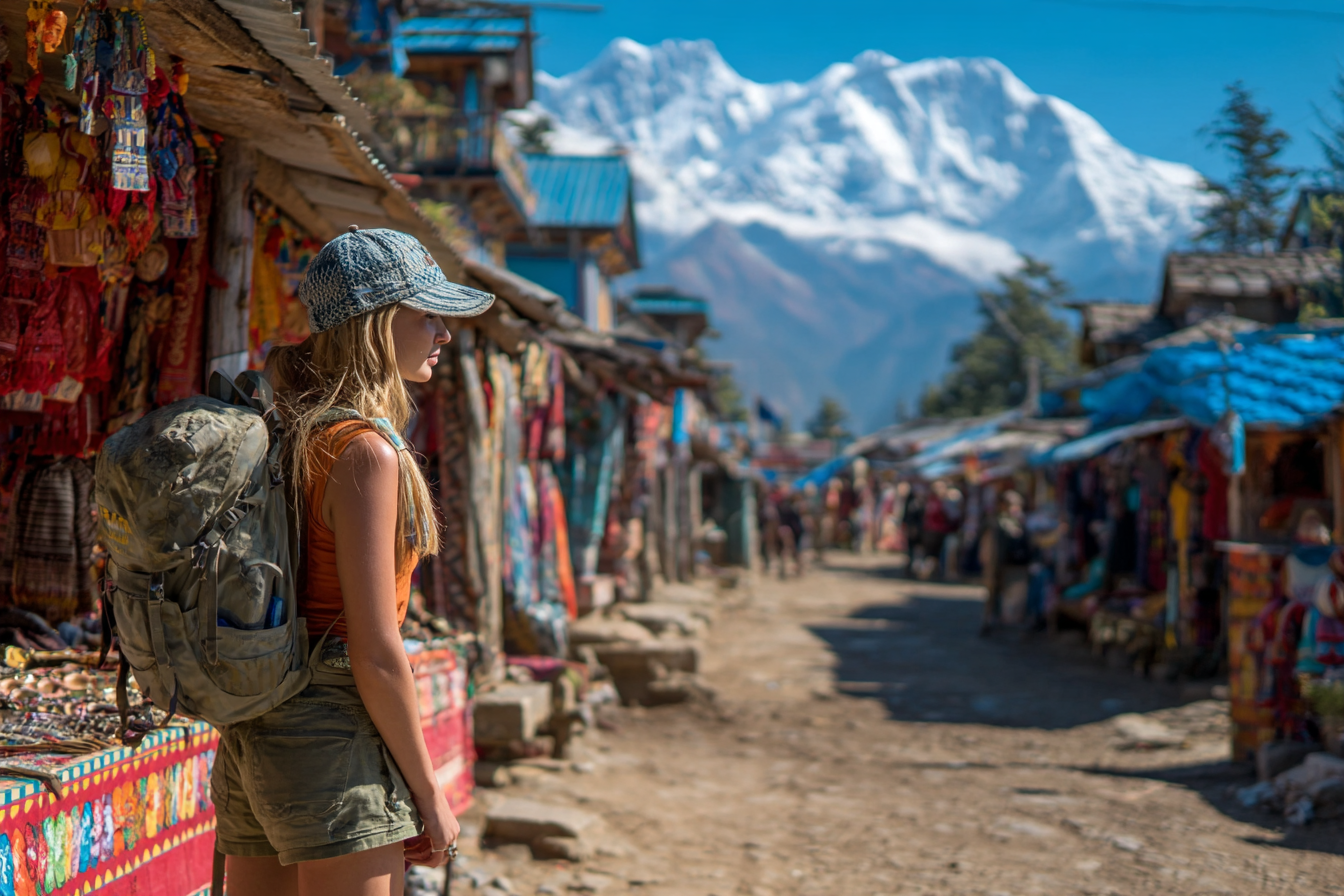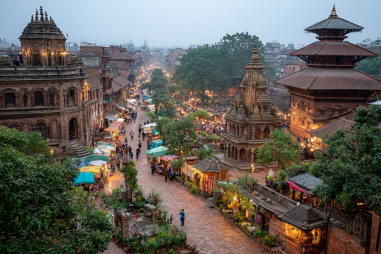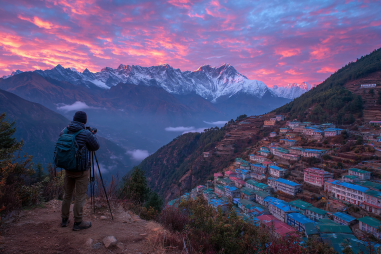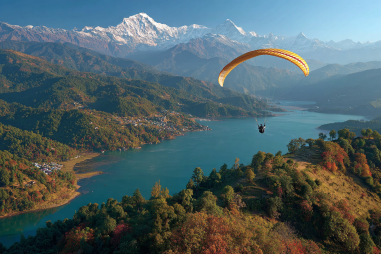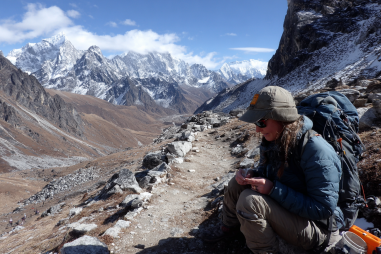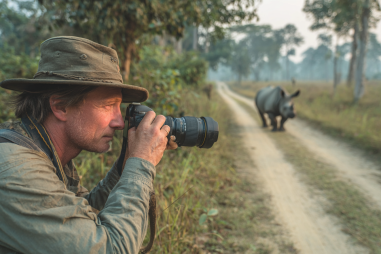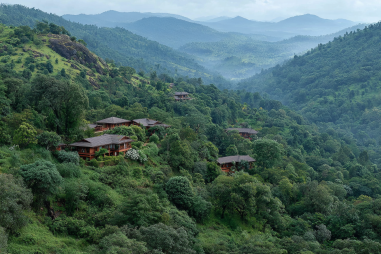Nepal is a breathtaking destination filled with towering mountains, vibrant culture, and rich history. For travelers on a budget, Nepal offers an incredible opportunity to explore without spending a fortune. From affordable accommodations to cheap local cuisine, budget-friendly transportation, and cost-effective trekking adventures, this guide will help you make the most of your trip without breaking the bank. Whether you’re an avid trekker or someone looking to dive into Nepal’s cultural treasures, these tips will empower you to experience Nepal fully and affordably.
Affordable Accommodation Options
Finding inexpensive accommodation in Nepal is quite straightforward, especially outside the peak tourist areas like Thamel in Kathmandu. Guesthouses, hostels, and homestays offer clean and comfortable stays at a fraction of the cost compared to hotel chains.
Hostels are a favorite among budget travelers because they not only cut costs but also create a social environment for meeting fellow explorers. Dormitory beds can start as low as $5–$10 per night. Homestays provide an authentic local experience, often including meals and cultural interaction, and they usually cost around $7–$15 per night.
For those trekking in the Annapurna or Everest regions, teahouses are the go-to option. These mountain lodges offer basic rooms and meals, usually charging between $3 and $10 for lodging. Booking ahead is not always necessary except during the peak trekking season (March-May and September-November), which allows you to snag the best deals and experience local hospitality.
Cheap and Delicious Local Food
Nepali cuisine is flavorful and budget-friendly, making it easy to eat well without stretching your wallet. Street food stalls and small local eateries, known as “dhabas” or “momo shops,” serve tasty dishes at very low prices.
Momos (Nepali dumplings) are a popular snack costing around $1–$2 for a generous serving. Dal Bhat, Nepal’s staple meal consisting of lentils, rice, vegetables, and sometimes meat, is widely available for just $2–$4. Thukpa, a hearty noodle soup, is another affordable and satisfying option.
Eating at local restaurants rather than tourist-focused ones guarantees lower prices and a more authentic experience. Also, buying snacks from local markets or bakeries can help you save money while fueling your day’s adventures.
Budget-Friendly Transportation
Getting around Nepal inexpensively involves a mix of buses, shared taxis, and walking. Public buses connect major cities and towns and are the cheapest way to travel, with fares typically a fraction of the cost of private transport. However, expect longer travel times and basic conditions.
Shared jeeps and taxis are faster alternatives, especially for shorter distances or travel to popular trekking points. These can be negotiated directly with drivers, so don’t hesitate to bargain to get the best price.
For intra-city commuting, local buses and microbuses are the most affordable. In Kathmandu, for example, buses cost less than a dollar per ride, although they can be crowded.
If you plan to explore remote areas, it’s wise to arrange transport through local tour operators or your accommodation, which can sometimes offer cheaper group rates.
Cost-Effective Trekking Strategies
Trekking is often the highlight of a trip to Nepal, but it doesn’t have to drain your budget. Here are some strategies to trek affordably:
- Choose less popular routes: While the Everest Base Camp and Annapurna Circuit treks are iconic, alternative routes like the Ghorepani Poon Hill trek offer stunning views with fewer crowds and lower costs.
- Trek independently: Hiring a guide or porter adds to the cost, so if you’re confident with navigation, trekking solo or in a small group can save money. Just be sure to research the trail thoroughly and check local regulations.
- Stay in teahouses: These lodges are inexpensive and typically provide meals and lodging, reducing the need to carry heavy supplies.
- Pack light and smart: Bringing your own gear prevents last-minute rentals, which can be pricey in trekking hubs.
- Buy permits wisely: Trekking in certain areas requires permits. Check fees in advance and purchase them through official channels to avoid scams.
Free and Low-Cost Cultural Activities
Nepal’s rich cultural heritage is accessible without spending a lot of money. Many temples, stupas, and landmarks have minimal entry fees or are free to visit.
Walking tours in cities like Kathmandu, Bhaktapur, and Lalitpur allow you to experience ancient architecture, market scenes, and local life up close. Consider joining free or donation-based walking tours led by locals to enrich your experience.
Attending festivals and community events is another fantastic way to enjoy cultural activities at little to no cost. Make sure to check the local calendar to see if your trip coincides with celebrations like Dashain, Tihar, or local rath yatras.
Shopping Tips for Souvenirs
Shopping for souvenirs in Nepal can be exciting, but it’s easy to overspend without knowing where to buy and how to bargain. Street markets and local bazaars are the best places to find handicrafts, pashmina scarves, prayer flags, and traditional jewelry at reasonable prices.
Always negotiate prices respectfully; bargaining is a common practice and an expected part of shopping in Nepal. Buy from cooperatives or fair-trade shops when possible to support local artisans directly.
Avoid airport shops or tourist-heavy areas where prices are significantly higher. Also, consider purchasing lighter items to avoid extra baggage fees.
Safety Tips for Budget Travelers
While Nepal is generally safe for travelers, staying vigilant is essential, especially when traveling on a budget. Here are some safety tips:
- Keep your valuables secure and avoid flashing gadgets or large amounts of cash.
- Use reputable transport services and avoid traveling alone at night, particularly in unfamiliar areas.
- Make copies of important documents such as your passport and permits and store them separately from the originals.
- Stay informed about weather and trail conditions if trekking, and always heed local advice.
- Drink bottled or purified water to avoid illnesses that could affect your trip.
Sample Budget Itinerary
Here’s a rough travel plan to help visualize how you can enjoy Nepal on a budget over 7 days:
- Day 1: Arrive in Kathmandu, stay in a budget guesthouse in Thamel, explore Durbar Square (low entry fee), and try momos at a local eatery.
- Day 2: Take a local bus to Bhaktapur, visit its ancient city center, and enjoy street food.
- Day 3: Travel to Pokhara by tourist bus (budget-friendly), check in at a hostel, and stroll along Phewa Lake.
- Day 4-6: Trek to Ghorepani Poon Hill via teahouses; enjoy sunrise views and affordable lodging.
- Day 7: Return to Pokhara, relax, and shop for souvenirs at the local market before catching a budget bus back to Kathmandu.
This itinerary balances cultural sightseeing, trekking, and travel while keeping costs manageable.
Enjoying Nepal Affordably
Traveling to Nepal on a budget doesn’t mean missing out on incredible experiences. With a bit of smart planning, flexibility, and a willingness to immerse yourself in the local way of life, you can make the most of your trip financially and culturally. Affordable lodging, delicious and cheap food, cost-conscious transportation, and thoughtful trekking choices all contribute to an unforgettable journey without overspending. Nepal’s natural beauty and vibrant culture await, ready to be explored by savvy budget travelers like you.

